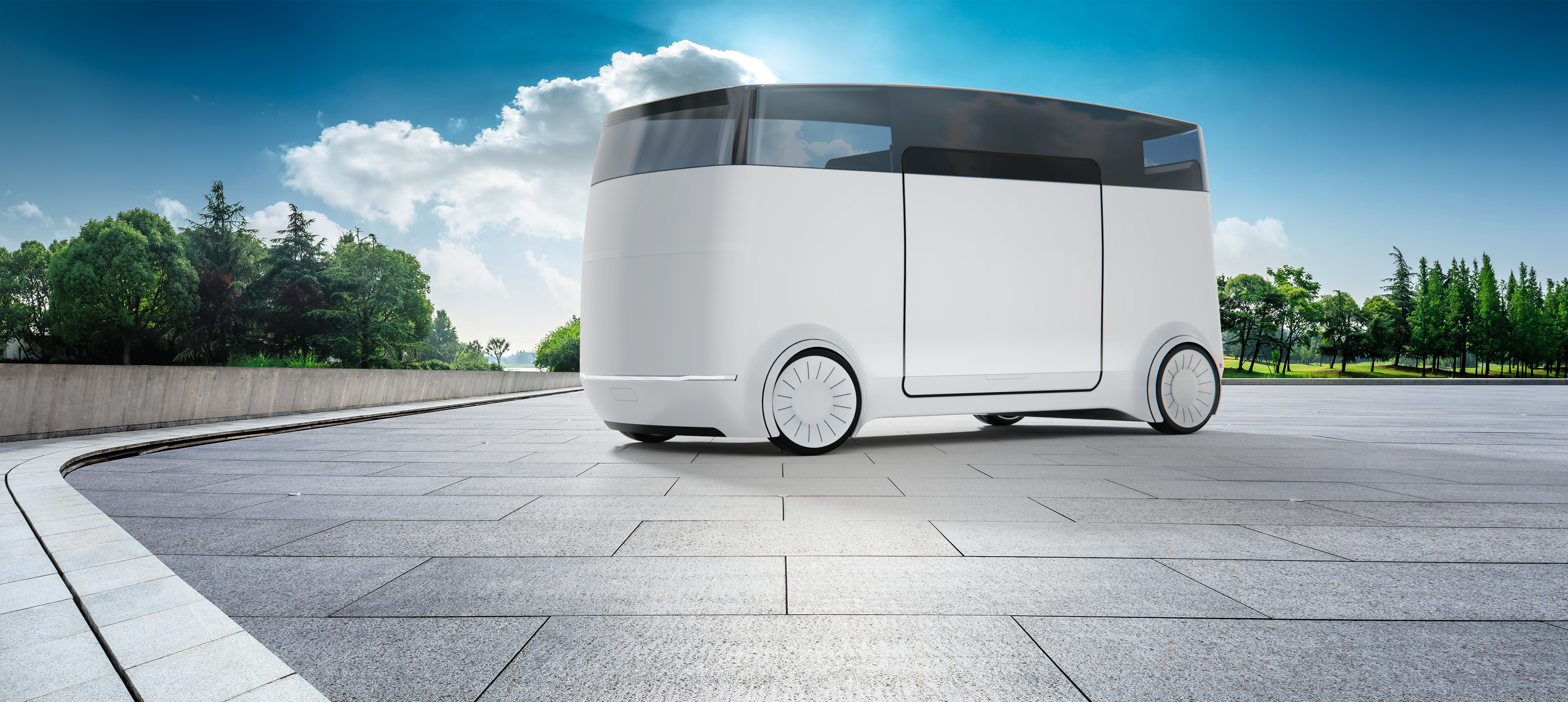AMUV
Autonomous Medical Utility Vehicle | Design by Max Holstein.
Diploma Project 2020. Supervised by Prof.Tom Philipps.
Motivation
The increasing depopulation of skilled workers, families and service infrastructure in rural areas affects especially older people in the communities. Due to multimorbidity, senior citizens often need a large number of different doctors. The distances to these specialists are becoming longer and longer, because rural communities often do not offer attractive perspectives for many young doctors.
Research
Rural Areas
Demographic change and urbanisation are causing a brain drain in many parts of rural communities. As a result of this migration, often only old inhabitants stay in the villages and no families with children move in. As a consequence, the lower demand for food, pharmacies, schools and doctors leads to a reduction in local supply facilities. This in turn reduces the interest of investors and companies to invest money in the region. Public transport is also under-used and reduces its supply. Due to the growing poverty of the elderly and the increasing number of illnesses, however, an intact public transport network is necessary. It is also necessary to be able to pursue social and cultural interests. Schoolchildren are also affected by this, as classes and schools have to be merged more and more often and distances are becoming longer and longer. The decline in infrastructure is causing property prices to fall and hits older citizens with property. The price reduction means that moving to other places is financially impossible. This downward spiral is the reason for the lack of basic needs in many rural regions. In many places, services of general interest can no longer be maintained.


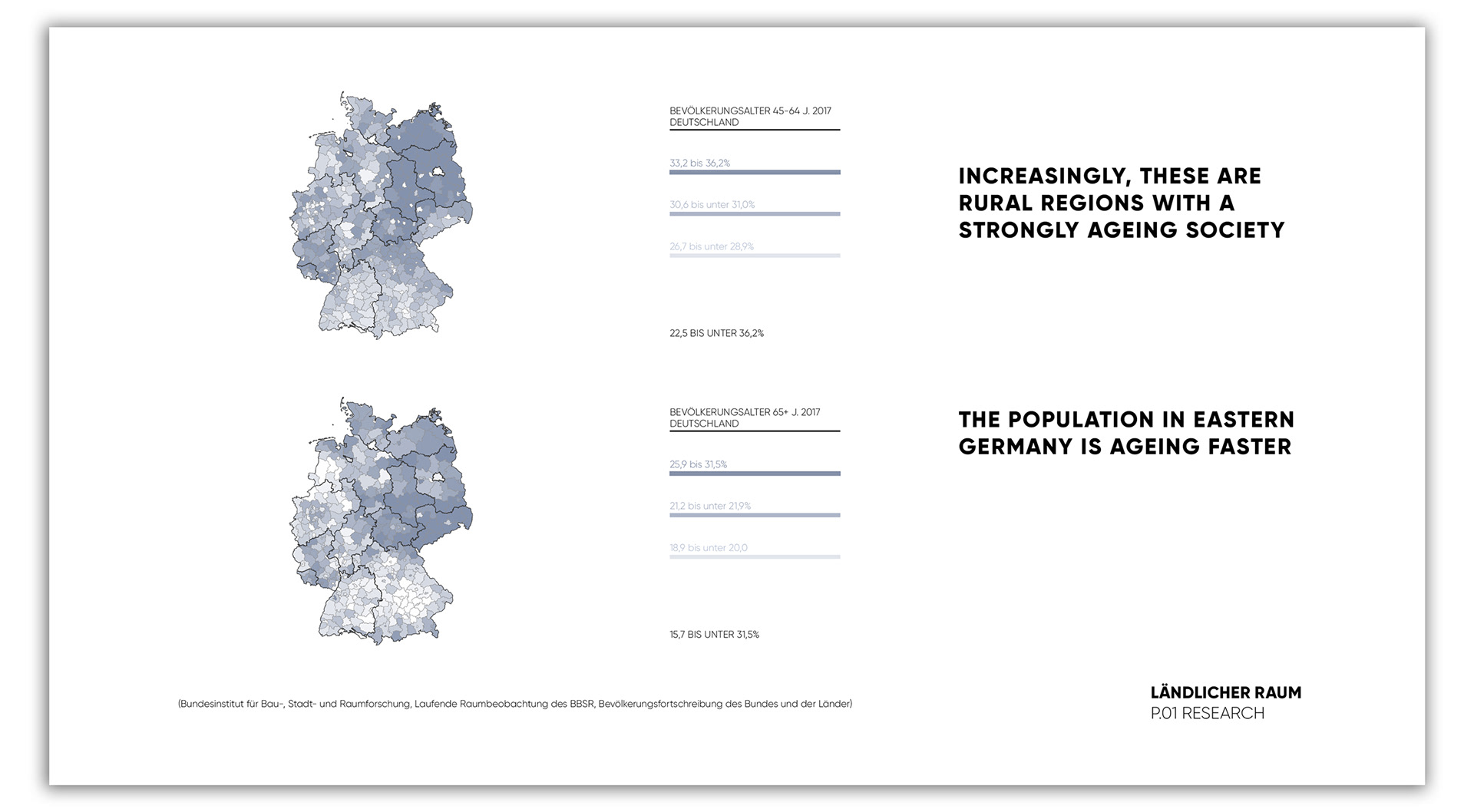

Doctors Appointment Status Quo
Visiting the doctor plays a special role in the everyday life of elderly citizens for many different reasons. One reason is that the need for medical care increases in old age, another reason is that visiting a doctor is often associated with greater efforts and therefore needs to be well planned and used. On the other hand, a visit to the doctor is a social event and in many cases a welcome opportunity to take part in social life, have conversations, get news and meet friends. However, the way to the doctor is not always easy for people with disabilities. Arriving at the doctor's office, the visitor encounters new barriers: Is access to the practice barrier-free? If there is a ramp, "can I physically manage to push my walker up there or do I need help? "Where do I park the walker afterwards or can I take it to the waiting room?" "Do I have everything you need to sign in?" After successful registration, visitors to the clinic will find themselves in the waiting room. The waiting room holds the potential for social participation and even has the character of an event. But the waiting room also has the potential to become a stress factor. Sitting in the waiting room for long periods of time can be very stressful. The actual examination is then carried out by the doctor personally. The contact to the doctor, " Gods in white ", takes a special position for elderly people, because on the one hand he stands for power and influence and on the other hand he is often a trusted friend and fellow sufferer for many years. Direct contact with the doctor is therefore very important. This makes the lack of time of the examining doctor all the more serious for the visitors to the practice. A brief examination is often perceived as a personal rejection. Therefore communication from doctor to patient requires a great deal of sensitivity and care. After all, not all information can be understood equally well by older patients. Ideally, after the diagnosis, the prescription is forwarded directly to the appropriate pharmacy and must then be redeemed at the pharmacy on the way home.
Solution
An "Automomous Medical Utility Vehicle" (AMUV) represents a concept for telemedical local supply of rural, structurally weak areas.
Demand Analysis
A neural network for the analysis of patient data calculates the probable need for certain specialist medical services in a care community in the coming weeks through real-time data analysis.
This results in a weekly timetable. As soon as a route has been determined, the AMUV moves mainly at night or very early in the morning to the next destination. The journey time depends on the load status and the current traffic situation. If the battery level is low, the vehicle uses favourable electricity prices at night to recharge in the community. When the battery is fully charged, it uses the empty roads to travel quietly from one place to another at a speed of 30-50 km/h.

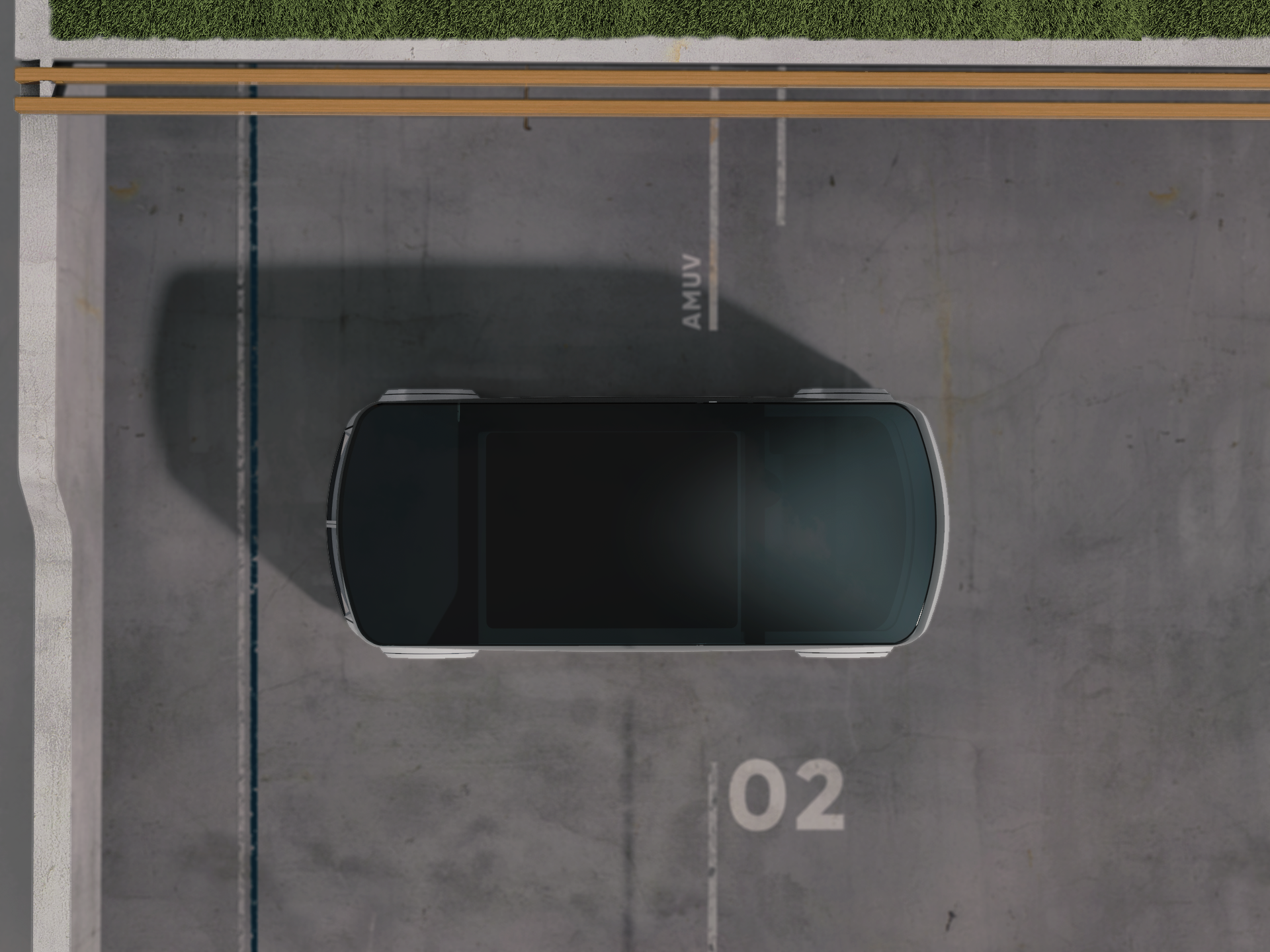
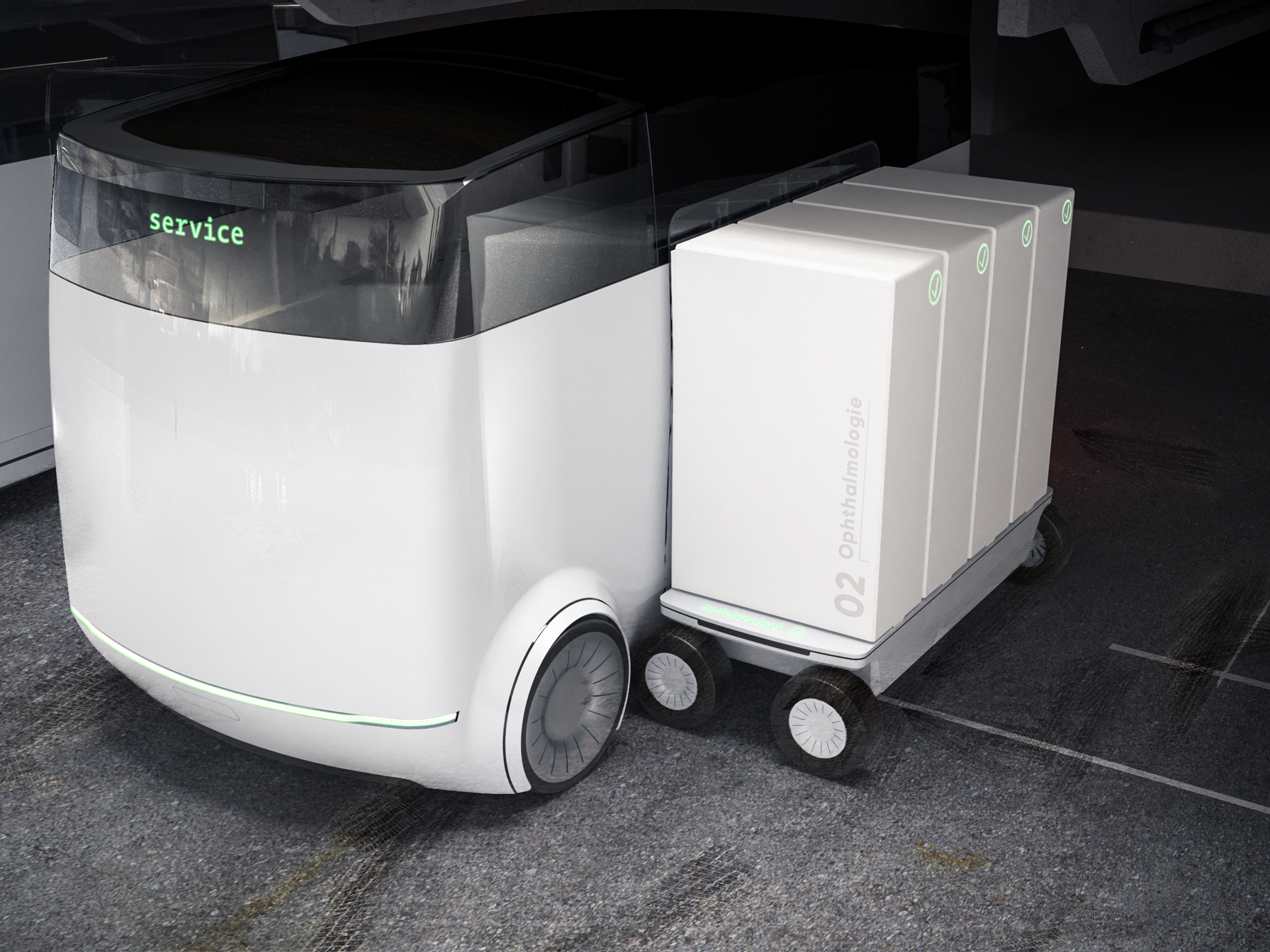
Care Center
In order to achieve a large geographic coverage, medical care centres can be established. Vehicles can be serviced here and equipped with the appropriate specialist medical modules:
Modules
01.Internal Medicine
02.Ophthalmology;
03.Neurology
03.Neurology
04.Psychiatry
05.Orthopaedics
A larger number of vehicles enables a more flexible and individual care service.
Transformation Process
The transformation of the service module takes place automatically as soon as the vehicle has reached its location, identified and analyzed. The four module units are transported to the outside via guide rails. The transformation is carried out by the same process as for the loading of the vehicle. The units are supported by a frame construction which is movable, yet statically firmly integrated into the vehicle frame. The outer wall of the vehicle is made of recyclable EPP foam (expanded polypropylene) and can be easily removed during assembly due to its low weight. The modules, like the entire vehicle, are safety-monitored.
Interior
Enter
The vehicle is accessed via the ramp integrated in the door. After automatic registration in the entrance area, the view opens up to the comfortable treatment room.
Patient Focused Design
The patient and his needs are the focus of attention. A homely, familiar interior not only reflects the health lifestyle trend, it also helps dementia patients find their way around and increases acceptance by their familiar surroundings.
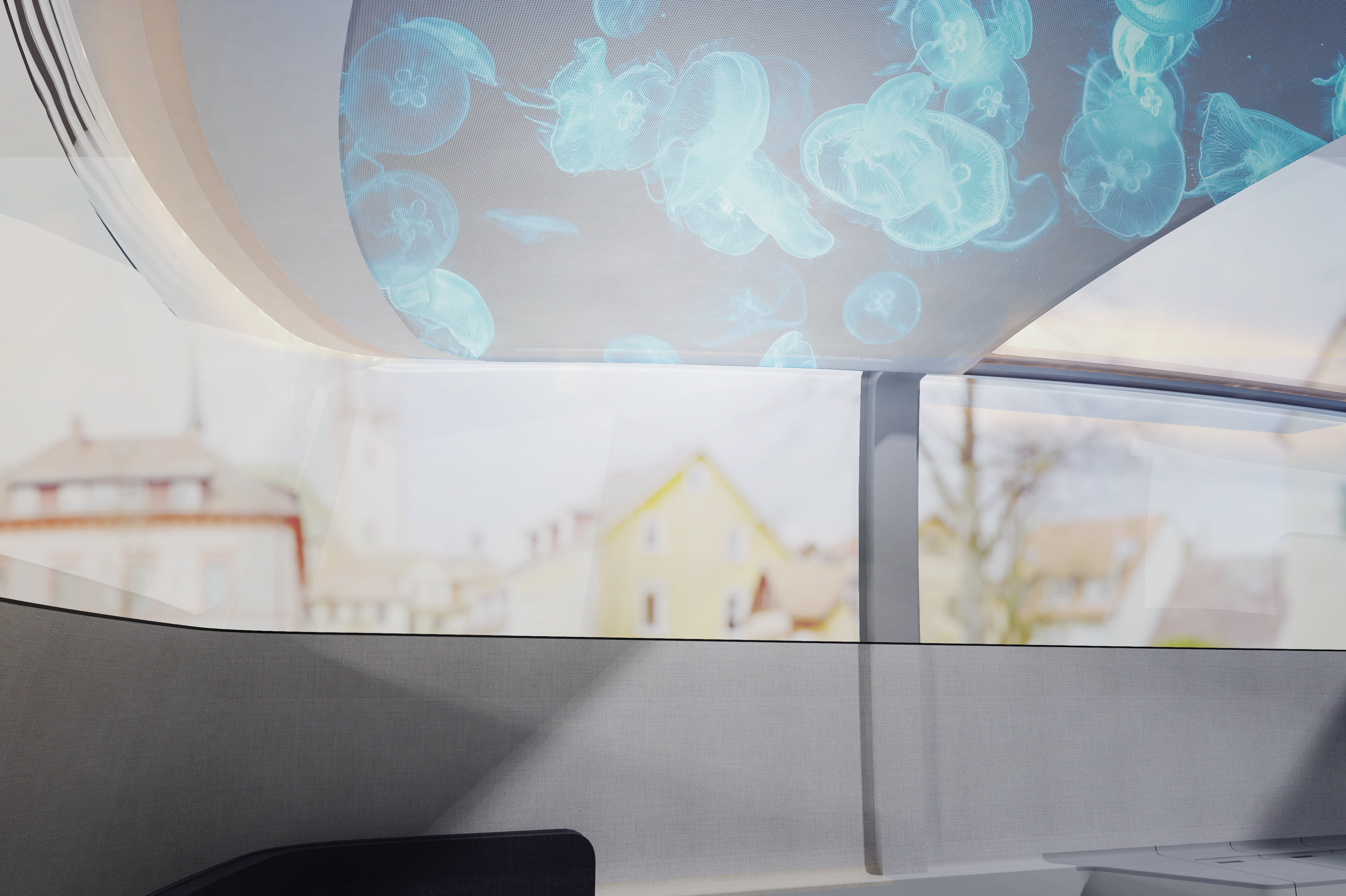

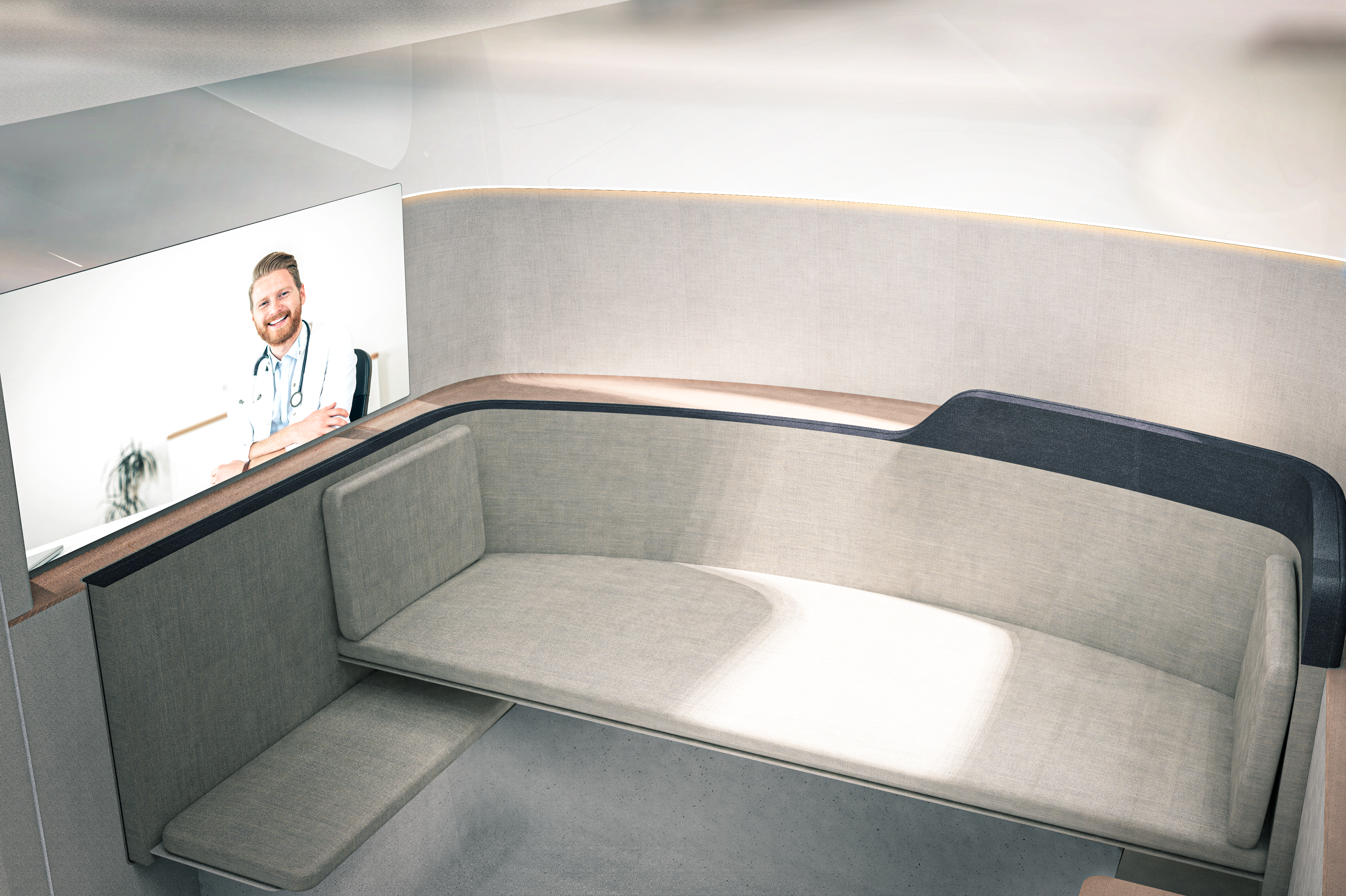
Modules
The vehicle can be equipped with different specialist modules depending on the requirements. These two containers are supplemented by a laboratory module and the workplace module. The latter has a private compartment, a coffee machine and a laundry box that is emptied weekly.
The vehicle can be equipped with different specialist modules depending on the requirements. These two containers are supplemented by a laboratory module and the workplace module. The latter has a private compartment, a coffee machine and a laundry box that is emptied weekly.
Health Trend
Nevertheless health awareness and increased attentiveness in nutrition, sports and leisure, as well as better access to information, have a disruptive effect on attitudes towards our medical care.
This is evolving into a holistic health care system that can evolve from a need to a lifestyle and luxury need. This is accompanied by higher demands on the care situation, flexibility and quality.
This is evolving into a holistic health care system that can evolve from a need to a lifestyle and luxury need. This is accompanied by higher demands on the care situation, flexibility and quality.

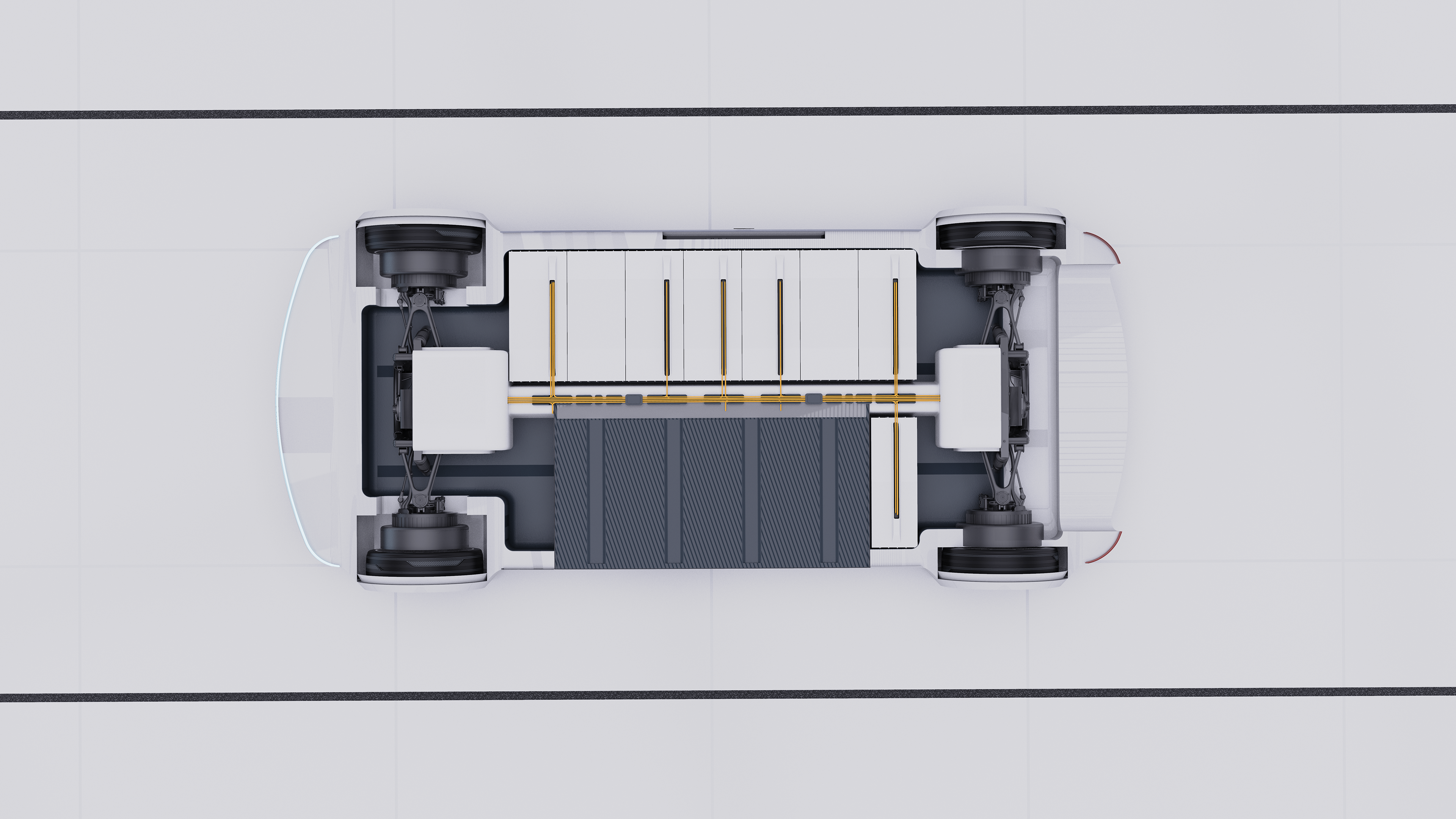

Power Train
Balance
The arrangement of the battery packs on the right-hand sideof the vehicle means that the packs compensate for the weight of the modular units and the vehicle is more stable on the road. Furthermore, the position on the right side, facing away from the road, reduces the damage to the batteries in case of a collision.
Instead of the battery packs, an efficient fuel cell is also conceivable.
The arrangement of the battery packs on the right-hand sideof the vehicle means that the packs compensate for the weight of the modular units and the vehicle is more stable on the road. Furthermore, the position on the right side, facing away from the road, reduces the damage to the batteries in case of a collision.
Instead of the battery packs, an efficient fuel cell is also conceivable.
Level 5
The vehicle is completely guided by the system and performs all neces-sary tasks automatically. Even complex situations such as crossing an intersection or the correct behaviour at a crosswalk can be handled by the vehicle.
The concept does not require a driver nor a passenger.
The vehicle is completely guided by the system and performs all neces-sary tasks automatically. Even complex situations such as crossing an intersection or the correct behaviour at a crosswalk can be handled by the vehicle.
The concept does not require a driver nor a passenger.
AMUV | Autonomous Medical Utility Vehicle
Diploma Project 2020.
Medical health care solution for rural areas.
